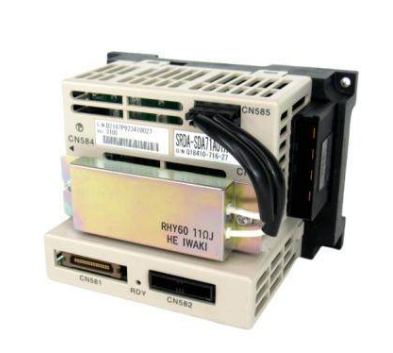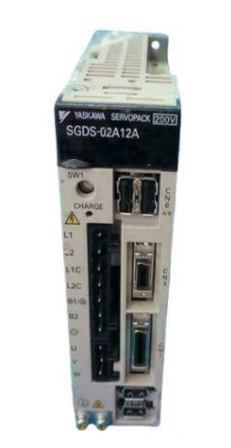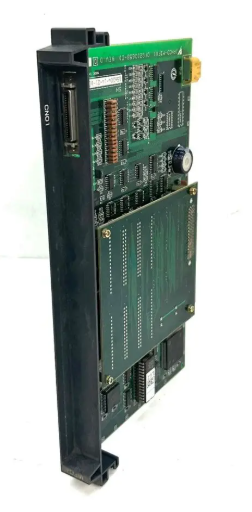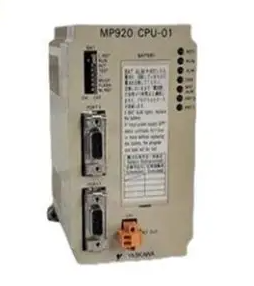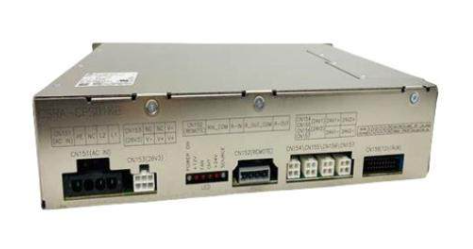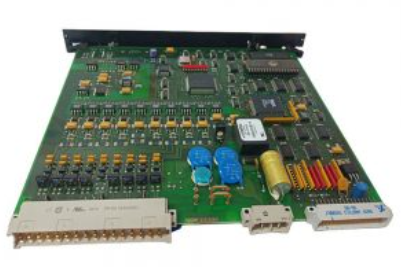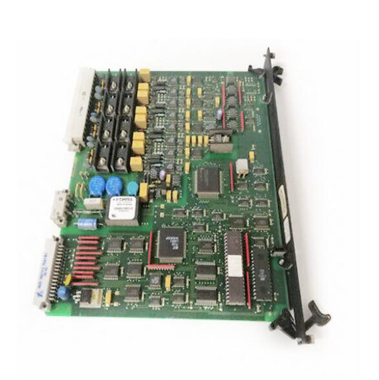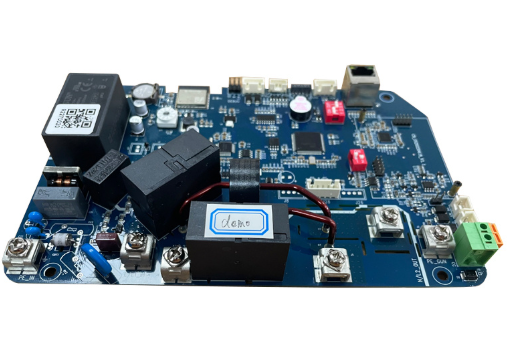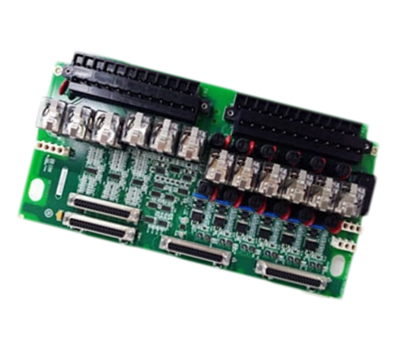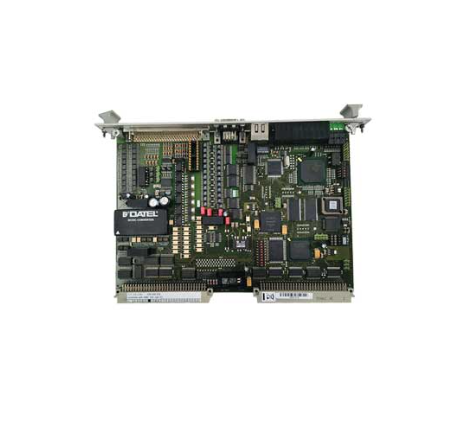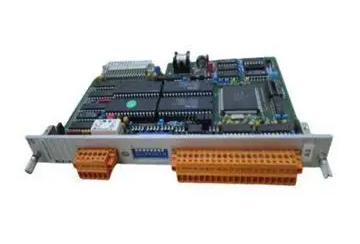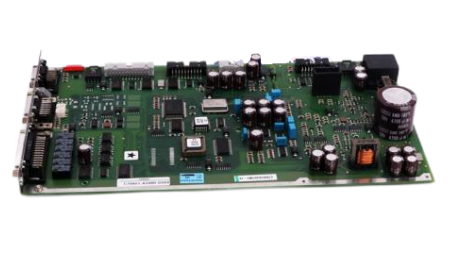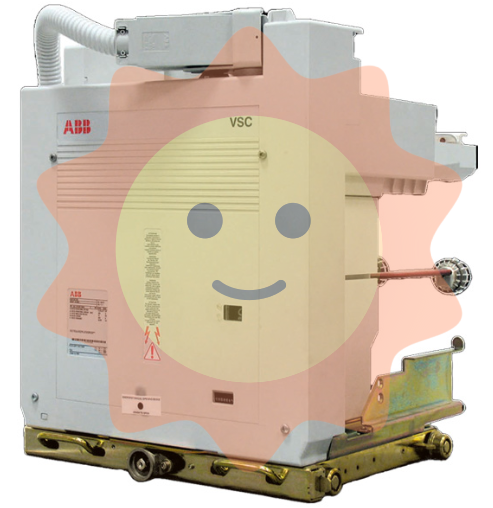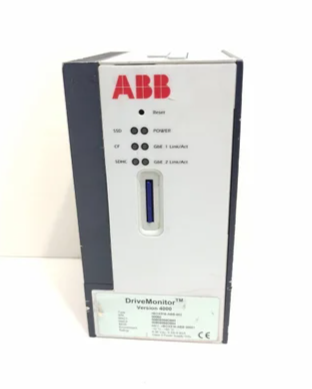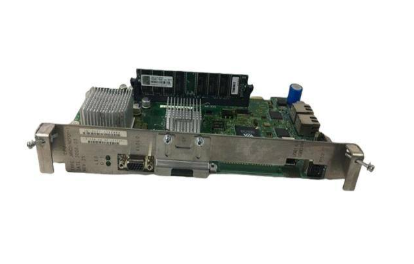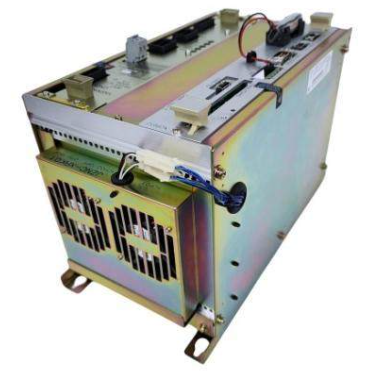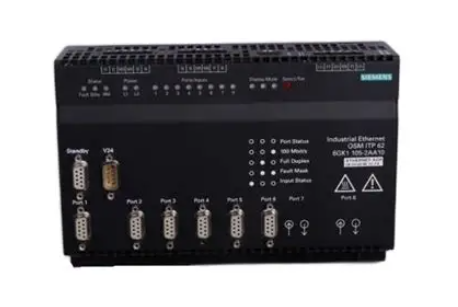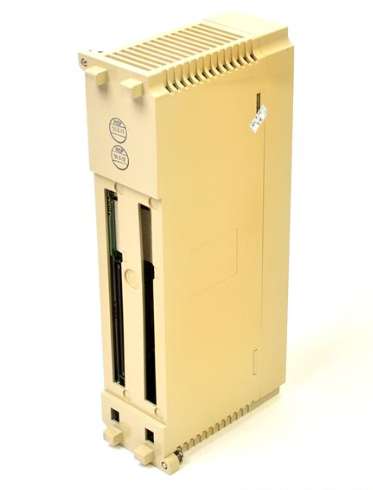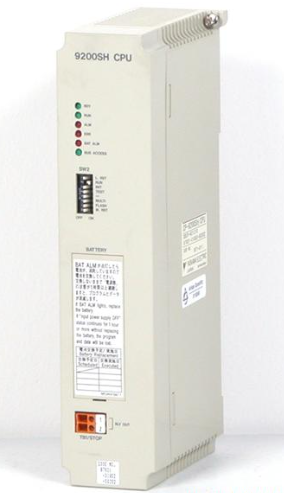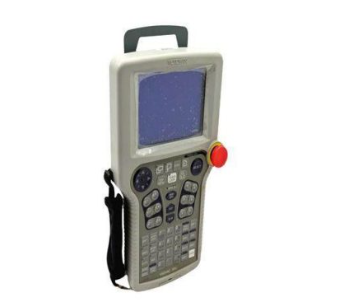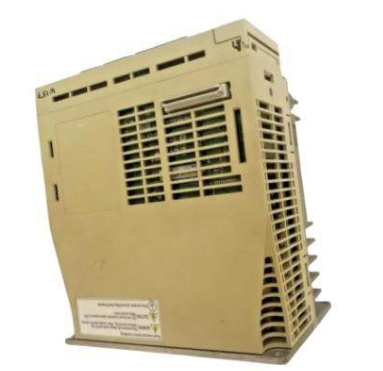AB 1756 ControlLogix Analog I/O Modules
AB 1756 ControlLogix Analog I/O Modules
IMPORTANT INFORMATION AND USE NOTICE: Solid-state equipment has different characteristics than electromechanical equipment, and the use of this analogue I/O module requires that personnel ensure that the application is feasible and that Allen-Bradley will not be liable for consequential damages. Examples in this manual are for reference only and may not be reproduced without permission. This manual is intended for those who can program and operate Allen-Bradley programmable controllers, and is intended to guide the installation, programming, configuration, calibration, and troubleshooting of the ControlLogix Analog I/O Module. The manual uses specific icons and terminology, and provides product documentation and Rockwell Automation support service contact information.
Module Overview and Features
Types and Functions: Analogue voltage/current input modules, RTD input modules, thermocouple input modules, analogue output modules, and other types that convert analogue signals to digital signals for analogue input/output control of industrial control systems.
Main features: Various general features, such as connecting inputs/outputs, power and ground via pins, status indicators for fault detection, rail mounting for RTB or IFM, and connecting the module to the chassis via the backplane control bus. Both floating point and integer data types are supported, with different scaling methods for sampling, receiving and generating real-time data. Functions specific to the input modules include process alarms, sensor type and temperature configuration, RTD and thermocouple linearisation, etc. Functions specific to the output modules include ramping, clamping, initialisation hold, fault and idle behaviour settings.
Module Installation: A 1756 chassis and power supply, complete with RTB or IFM and its components, are required for installation. Modules can be installed with power, but care must be taken to avoid electrical arcing when inserting or removing RTBs to prevent unintended machine movement or loss of process control. The installation process includes module mounting, RTB or IFM keying, wiring connections, assembling the RTB and enclosure, mounting the RTB or IFM to the module, and checking the status of the indicator lights when installation is complete. Different types of modules have their own wiring examples, such as voltage and current input wiring for the 1756 - IF6I, RTD device wiring for the 1756 - IR6I, and so on.
Module Configuration: Due to the variety of analogue devices and configurations, the user has the option of selecting a default configuration or a specific configuration based on application requirements. Configurations include overall module and channel related parameters such as thermocouple module interface module selection, cold end disable and offset settings, temperature mode selection, etc. RTD modules and voltage/current input/output modules also have their own configurable parameters.
Module Calibration: Input calibration and output calibration are multi-step processes involving multiple service operations. Input calibration requires turning on the calibration service, setting calibration points, accepting samples from the low/high calibration service and verifying calibration constants; output calibration requires turning on the calibration service, setting output reference points, generating measurement records from the low/high reference calibration service, and finally verifying calibration constants with the Calibration Output Completion service. In addition, you can also unlock status bits and use the Device Object Service to get or set module information.
Troubleshooting: ControlLogix analogue I/O modules can be troubleshot by using LEDs to indicate module status, such as OK for different input/output states, or flashing CAL to indicate the module is in calibration mode.
Module specifications: Appendix A gives the detailed specifications of each module model, including module position, resolution, input impedance, noise suppression capability, calibration accuracy, scan time, overvoltage capability, temperature drift, isolation voltage, environmental conditions, etc., which provides a technical basis for users to select and use the module.
application scenario
Industrial automation production: In automated production lines, analogue output modules are used to control various actuators, such as motors and valves. In the chemical production process, the analogue output module can convert digital signals into analogue voltage or current signals according to the instructions of the control system, precisely adjusting the rotational speed of the motor, thus controlling the conveying speed of the material; it can also control the opening of the valve to achieve precise control of the liquid or gas flow, ensuring the stability of the production process and the consistency of product quality. In the automobile manufacturing production line, it can control the action of the mechanical arm, according to the preset procedures and parameters, the output of the corresponding analogue signals, so that the mechanical arm to accurately complete the welding, assembly and other tasks.
- EMERSON
- Honeywell
- CTI
- Rolls-Royce
- General Electric
- Woodward
- Yaskawa
- xYCOM
- Motorola
- Siemens
- Rockwell
- ABB
- B&R
- HIMA
- Construction site
- electricity
- Automobile market
- PLC
- DCS
- Motor drivers
- VSD
- Implications
- cement
- CO2
- CEM
- methane
- Artificial intelligence
- Titanic
- Solar energy
- Hydrogen fuel cell
- Hydrogen and fuel cells
- Hydrogen and oxygen fuel cells
- tyre
- Chemical fiber
- dynamo
- corpuscle
- Pulp and paper
- printing
- fossil
- FANUC
- Food and beverage
- Life science
- Sewage treatment
- Personal care
- electricity
- boats
- infrastructure
- Automobile industry
- metallurgy
- Nuclear power generation
- Geothermal power generation
- Water and wastewater
- Infrastructure construction
- Mine hazard
- steel
- papermaking
- Natural gas industry
- Infrastructure construction
- Power and energy
- Rubber and plastic
- Renewable energy
- pharmacy
- mining
- Plastic industry
- Schneider
- Kongsberg
- NI
- Wind energy
- International petroleum
- International new energy network
- gas
- WATLOW
- ProSoft
- SEW
- wind
- ADVANCED
- Reliance
- YOKOGAWA
- TRICONEX
- FOXBORO
- METSO
- MAN
- Advantest
- ADVANCED
- ALSTOM
- Control Wave
- AB
- AMAT
- STUDER
- KONGSBERG
- MOTOROLA
- DANAHER MOTION
- Bently
- Galil
- EATON
- MOLEX
- Triconex
- DEIF
- B&W
- ZYGO
- Aerotech
- DANFOSS
- KOLLMORGEN
- Beijer
- Endress+Hauser
- MOOG
- KB
- Moxa
- Rexroth
- YAMAHA
- Johnson
- Westinghouse
- WAGO
- TOSHIBA
- TEKTRONIX
- BENDER
- BMCM
- SMC


Email:wang@kongjiangauto.com


